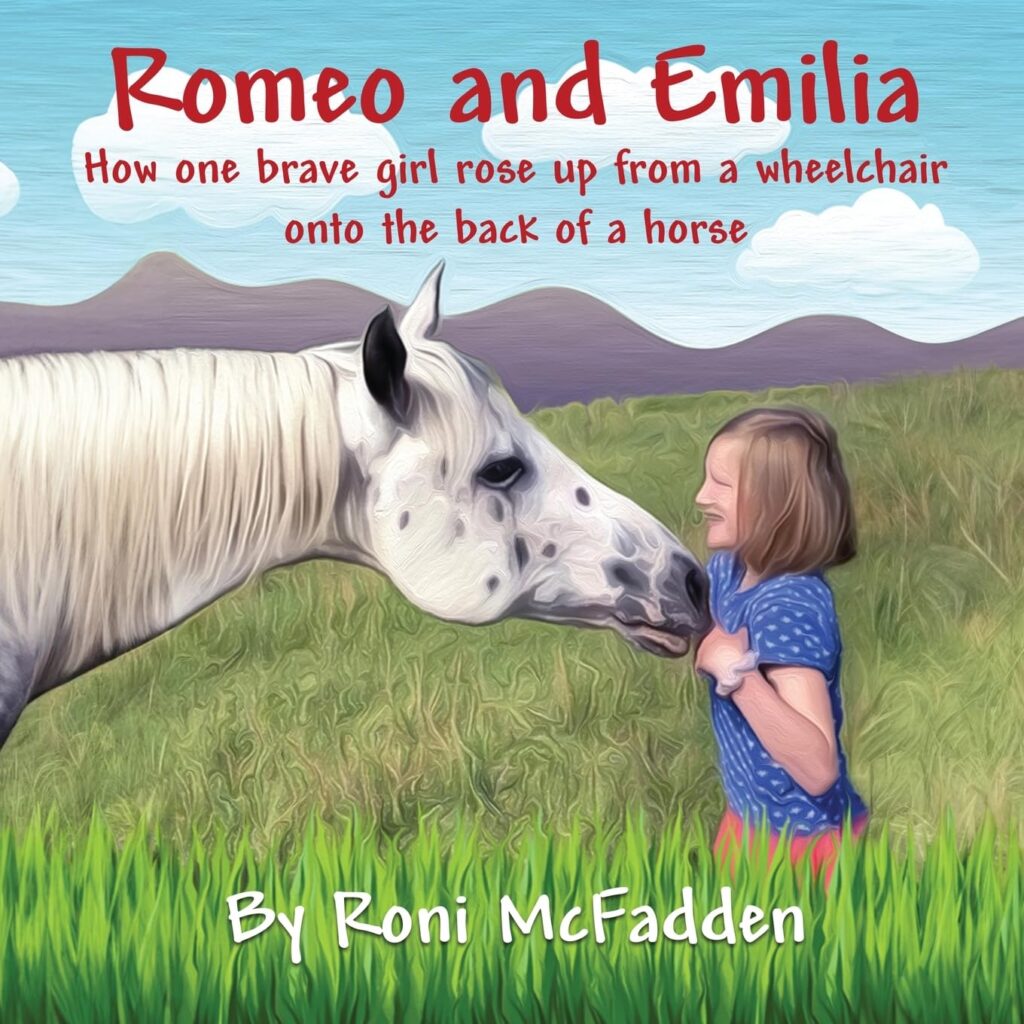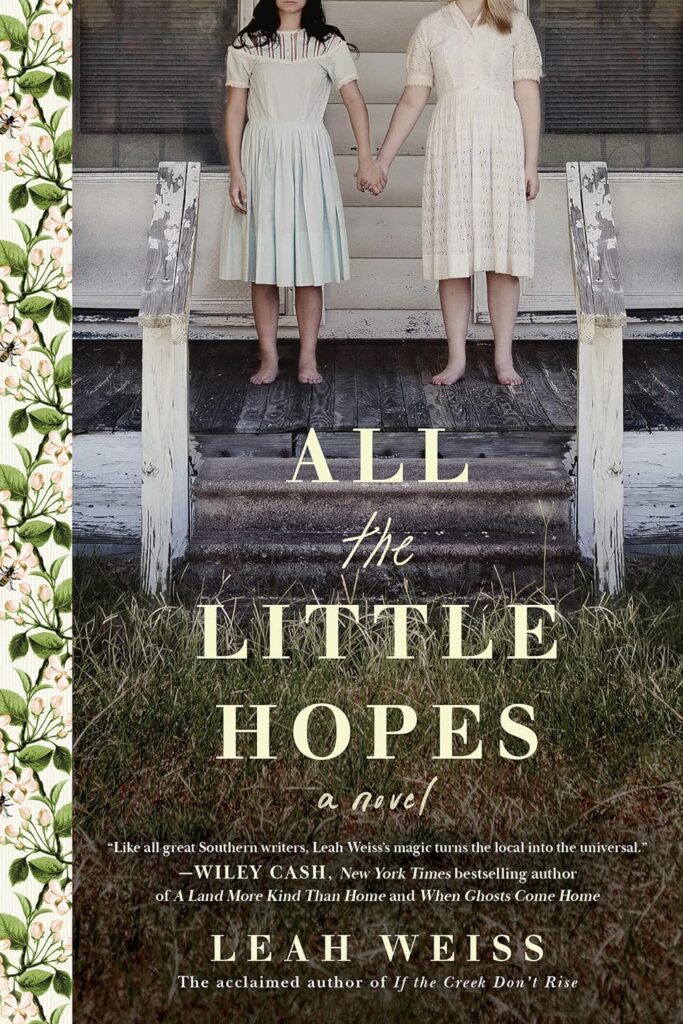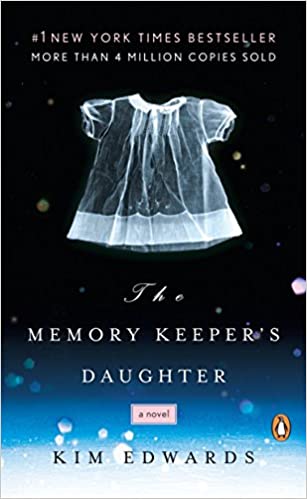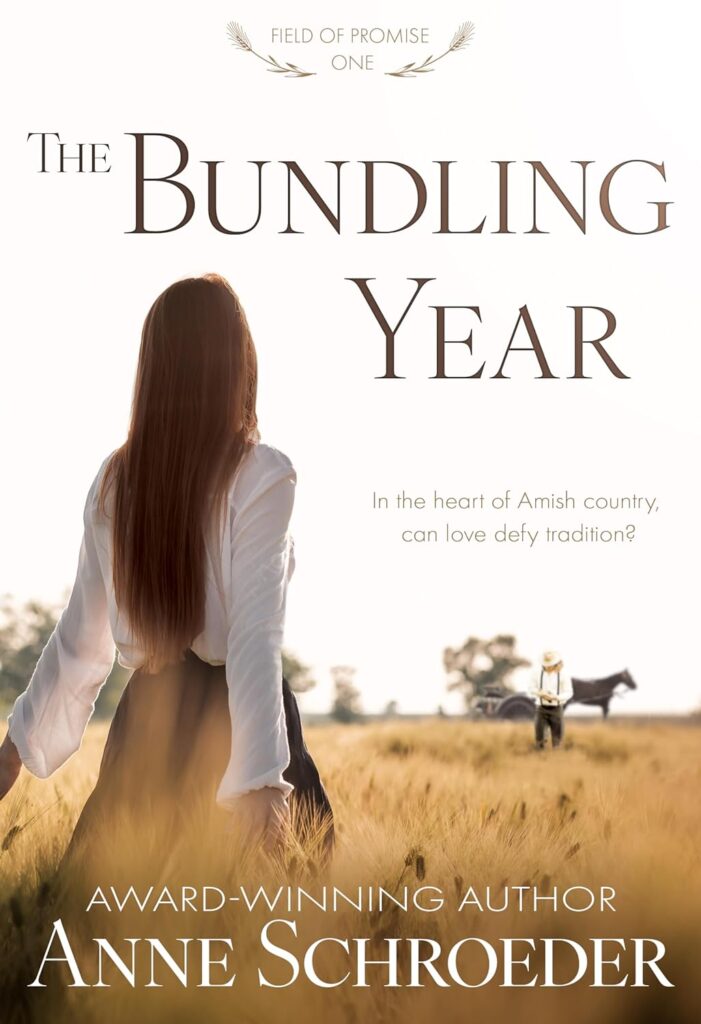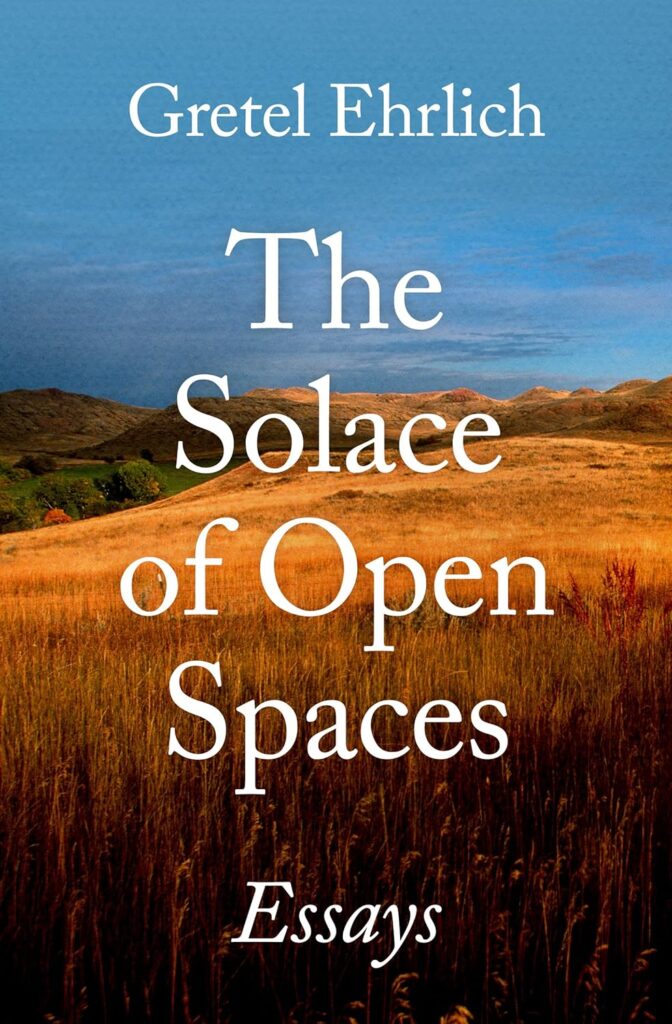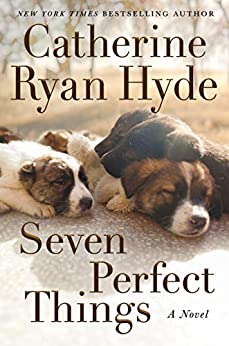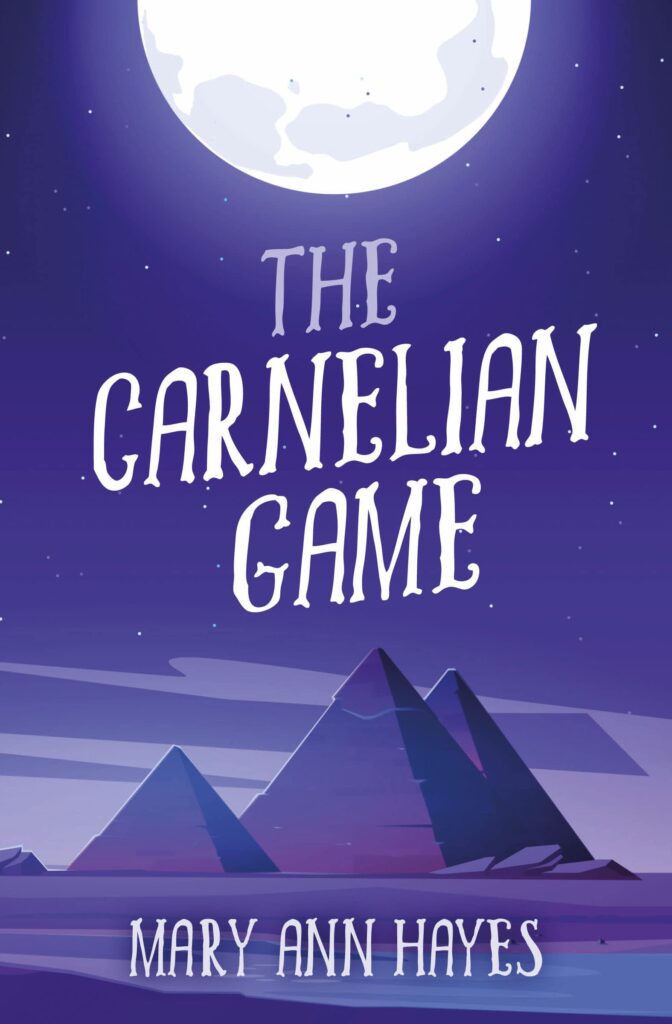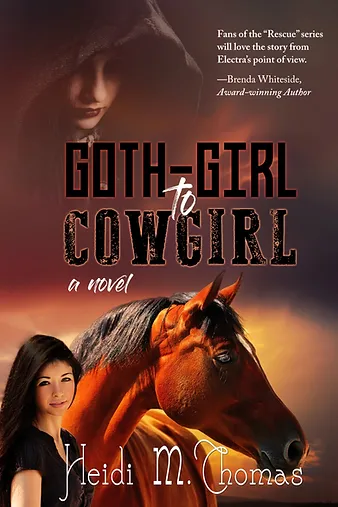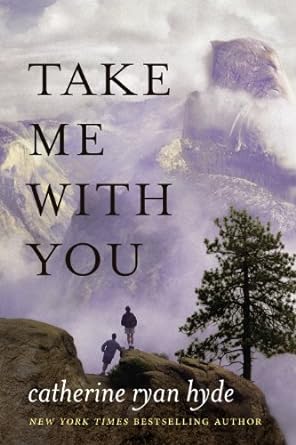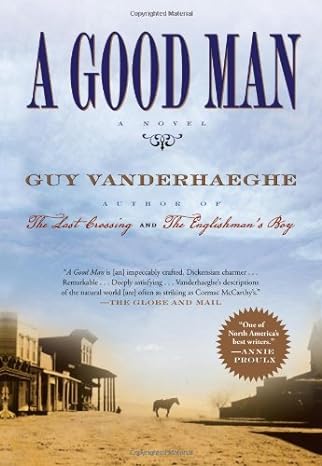Romeo and Emilia: How one brave girl rose up from a wheelchair onto the back of a horse by Roni McFadden is a unique true story that will warm the hearts of all who read it.
The introduction, written by Roni McFadden, tells how the story came about. The author and Emilia Maureen Pauling, eleven, were new neighbors in Willits, California. When McFadden met Emilia the little girl told her she loved horses, that one of her favorite things to do was to play horse video games. Well, this was her lucky day! McFadden owns a horse that lived just down the road. Emilia was beside herself with joy when told she would actually meet and ride Romeo, a Leopard Appaloosa.
Emilia was born with a genetic abnormality, bilaeral microphthalmia (small eyes) and is legally blind. She also has hyper- and hypotonia in her legs. When Emilia was four she started walking with a walker, but now wearing leg braces, can walk and run, using a wheelchair only for long distances.
This charming children’s book tells the story of Emilia and Romeo’s adventures. Romeo, snow white with black spots, gave Emilia a gentle ride. At first the little girl was nervous, but soon learned the horse’s rhythm and was able to just sit back, relax and enjoy the ride.
Romeo and Emilia carries a valuable message to both children and adults. Many children, especially girls, have a deep love of horses, a relationship both physical and emotional. When a child has special needs, the experience is even more valuable. The book is beautifully illustrated with photographs of Emilia’s experience with Romeo. I recommend this book for all children, and especially for adults to read to or with children.


